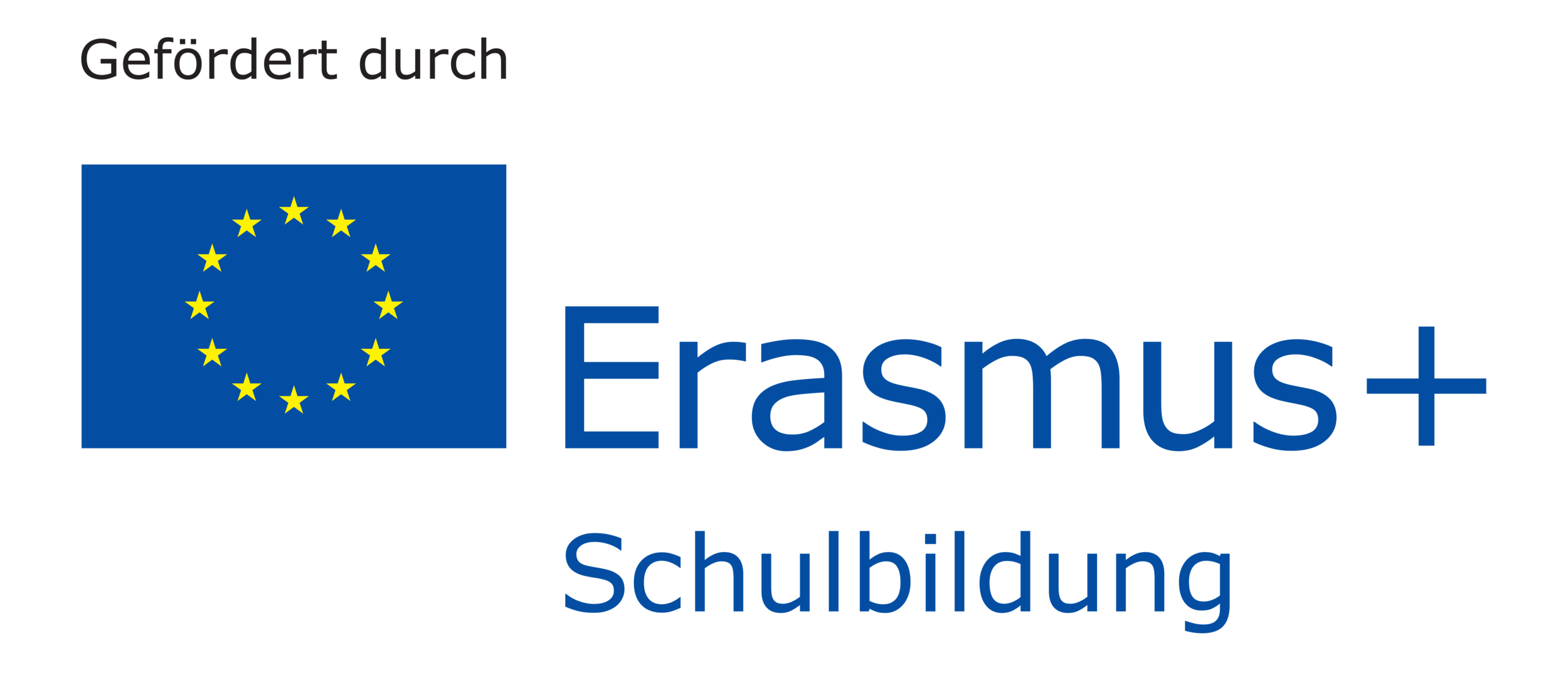Language Learning in Young Children
Different Types of Learning
It can be helpful for you as a parent to understand the internal processes of language acquisition of children in a multilingual environment in order to assist your child on their journey in a multilingual setting. There is:
Implicit Learning
A child is exposed to unknown into- nation, sounds, words or sentence structure. They become familiar with the specific characteristics of the language and implicitly take in the under- lying structure of the language without any conscious effort. Children are like sponges, absorbing the language around them.
Explicit Learning
A child starts to notice the unknown characteristics of the language they are exposed to regularly. They investigate the differences in this specific language in order to make out its structure.
Incidental Learning
A child can learn certain features of a language from context. They can grasp the meaning of a word from the context, without obvious intention or awareness. This is most noticeable in younger children.
Intentional Learning
The unclear meaning of a word leads to intentional inquiry. The child might observe or ask questions. The child might explicitly ask for a certain meaning when unsure (pointing towards an object - “This? - “This is a chair”) or might explain that what they are holding is a teddy bear (“me teddy bear”).
